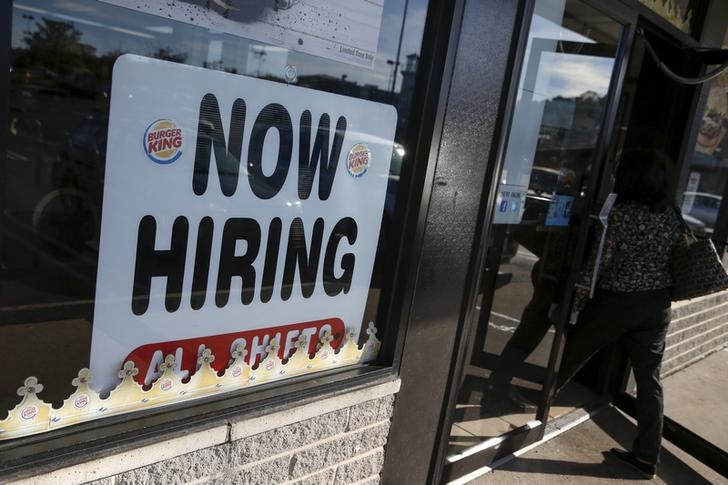This post was originally published on this site
https://i-invdn-com.akamaized.net/news/LYNXNPEC140QN_M.jpg
The unemployment rate among women 16 and older dropped to 6.7% last month, falling below the rate among men for the first time since February, Labor Department data released on Friday showed. Participation rates also improved, with 55.9% of women in the labor force last month, an increase from 55.6% in September.
While the data are welcome news, women’s job gains continue to be slower than men’s. Before the coronavirus, women made up a larger share of the workforce than men and had made significant strides in closing gender gaps in participation and overall employment.
“We’re still in a pandemic, we still have virtual schooling, there’s no end in sight with the resurgence of Covid — this is still a huge headwind for the female recovery and I don’t think this report changes that,” said Julia Coronado, founder of MacroPolicy Perspectives LLC. “The question going forward is about the pace of the recovery and how quickly we restore what we had.”
In another positive sign, Americans of color narrowed their gaps in unemployment with their White peers in October. The difference between the White and Black unemployment rates narrowed to 4.8 percentage points, with the Black jobless rate at 10.8%, though that’s still much higher than the 6% rate for White Americans. Hispanic Americans’ unemployment fell to 8.8% and the Asian American rate dipped to 7.6%.
A big chunk of the October job gains came in the leisure and hospitality industries, where the majority of workers are female. But many of those gains are seasonal and may slow during the colder months when outdoor activities like dining become more difficult in some parts of the country, according to MacroPolicy’s Coronado.
The number of women participating in the labor force has increased about 2 million since April, though it’s still down 2.2 million from the pre-pandemic levels. That gap is wider than the 1.4 million deficit among men, who have recovered 63% of their pandemic labor-force losses.
The childcare burden could slow any further improvement in female employment, especially if winter weather keeps children indoors as the pandemic wears on, according to Guy Berger, principal economist at jobs website LinkedIn (NYSE:LNKD).
“Women of any color are being forced to bear more of the burden of childcare than men going forward,” Berger said.
©2020 Bloomberg L.P.

